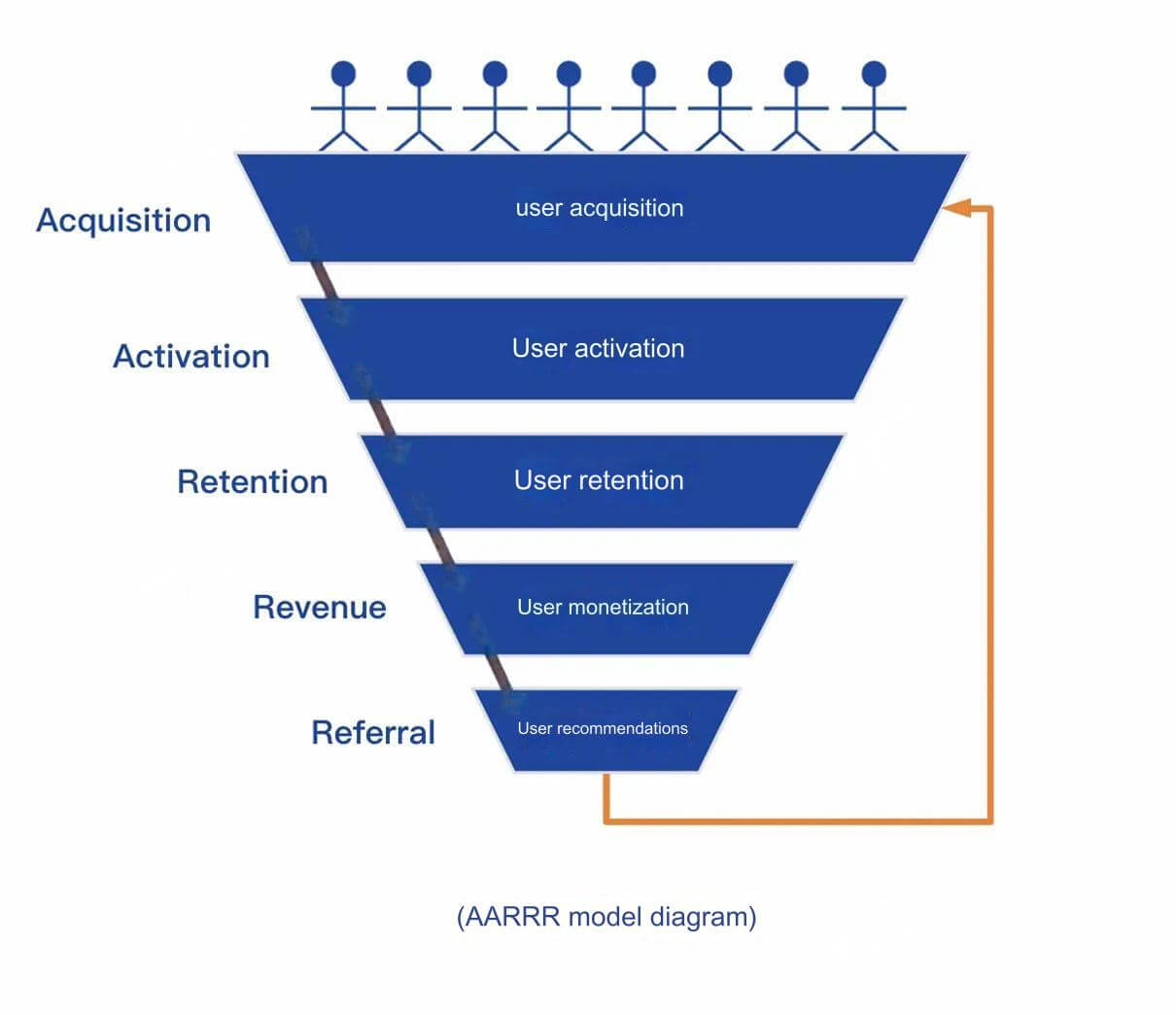How should we handle conflicts when the demands of the R&D department clash with those of the marketing department? In this article, the author shares practical experience in dealing with such conflicts within companies, hoping to offer some useful insights.
As a product manager who has worked in both R&D and marketing, I’m well aware of how intense the conflicts between these two departments can get. Over time, I’ve gathered some practical experience, and today I’d like to share my thoughts on the nature of these conflicts and how to resolve them.
Hopefully, this will provide some inspiration to others facing the same challenge and help drive smoother project progress.
1. Problem Scenarios
Visible Complaints
Have you ever encountered the following situations?
Before releasing a new version, the R&D department conducts a feature explanation session. However, the presentation is dull, and the marketing team appears disinterested or confused, causing the meeting to end hastily.
Later, the marketing team promotes the features, but the descriptions are exaggerated. When R&D sees this, they become anxious, knowing the product doesn’t quite live up to the claims.
Sure enough, after the release, user feedback pours in: “This feature doesn’t work; was it falsely advertised?”
Marketing immediately contacts R&D:
“It’s been days since the release, and several users are tweeting that the feature doesn’t meet expectations. Fix it now!”
“We already discussed this in the meeting; certain conditions prevent it from functioning in those scenarios.”
“When can it be fully implemented, then?”
“It has to wait for the next release cycle.”
Unseen Consequences
After the argument, the immediate problem gets addressed, but hidden issues remain.
R&D: “The marketing team is always exaggerating. Can’t they be more realistic?”
Marketing: “R&D is so rigid! Why aren’t they prioritizing such an important issue?”
These ongoing gripes and conflicts lead to a growing disconnect between market strategies and R&D priorities. Each department works independently, avoiding collaboration, and sometimes even blaming each other when issues arise. This creates uncertainty and instability throughout the product lifecycle.
From the users’ perspective, the advertised product differs significantly from the actual experience. This leads to a loss of trust and a decline in the company’s reputation.
I believe these issues exist in both large and small companies. While completely eliminating them is impossible, they can be mitigated, reducing the frequency of conflicts.
2. The Root of the Problem
Why do these problems occur?
It’s simple: the root cause is the different responsibilities and perspectives of the two departments.
Let’s break it down by roles:
1. R&D: Deliver on Time
The R&D team’s responsibility is to deliver a stable product within a limited time frame.
Their focus is on the product itself, including functionality, reliability, and scalability. They also need to consider the cost of implementing new features and maintaining or optimizing existing ones.
For instance, if they’re tasked with developing an AI feature this year, their priority would be to establish a basic framework and deliver a minimally viable feature in the first version, with iterative improvements in subsequent releases.
2. Marketing: Adapt to Change
The marketing team’s responsibility is to maximize the product’s market presence in an ever-changing environment.
They focus on the visible feedback from users (especially complaints) and pay attention to competitor launches, market competition, and external partnerships. As a result, they rarely focus on the underlying technical implementation.
For example, if they collaborate with another brand on a promotional campaign, they need to estimate the scope and goals, draft a plan, and then push it forward.
With this approach, marketing’s speed often clashes directly with R&D’s slower pace, leading to inevitable conflict.
3. Solutions
1. Align with a Common Goal
Since the issue stems from differing perspectives, aligning both departments under a common, overarching goal is a good practice.
With a shared objective, R&D can ensure their technical choices and release schedules are aligned with the company’s direction, while marketing can define their promotional strategy and set realistic goals.
When differences arise later, they’re likely to be within manageable limits.
A key point here is that this alignment should be facilitated by a designated person or supervisor.
2. Early Communication of Changes
Before each promotional phase, marketing should provide an outline of potential upcoming demands so R&D can allocate appropriate response time.
Similarly, R&D’s product iterations should involve marketing during the requirements review and release scheduling phases.
This allows marketing to grasp the core logic and potential of each feature, adjusting the intensity of promotions accordingly. It also gives R&D the chance to hear marketing’s suggestions, keeping the user’s perspective in mind and avoiding a “behind closed doors” approach.
With repeated collaboration, a cross-departmental workflow will naturally form.
At this stage, it’s crucial for both departments to have designated liaisons who facilitate daily communication.
3. Maintain an Open Mind
When emergencies arise, such as critical bugs in new versions or last-minute marketing requests, emotional responses should be avoided.
The key is objective communication: understand the issue’s context, assess the difficulty, and avoid preconceived resistance.
For example, if R&D is assigned a last-minute task that may require overtime, they should express their feelings objectively rather than reacting emotionally. Instead of saying, “You created this mess, you clean it up. We can’t do it,” they could say, “We already have eight tasks scheduled this week. Adding your two big tasks means we’ll need to work over the weekend. We’re really frustrated, and someone needs to take responsibility for the reasonableness of this request.”
When both sides express their concerns objectively and discuss based on facts, the issue may turn out to be less difficult than expected.
For instance, reducing the scope of the original tasks or finding a more cost-effective solution can resolve the issue collaboratively.
This step can be challenging, as it involves personal cognition and requires both sides to have higher professional maturity.
Conclusion
The best way to resolve these conflicts is to put yourself in the other’s shoes, align both teams toward the same goal, and maintain frequent communication.
This approach not only applies to handling conflicts between R&D and marketing but also serves as a guide for other workplace communication challenges. Whether dealing with colleagues or navigating hierarchy, the lessons learned here can offer valuable insights.







